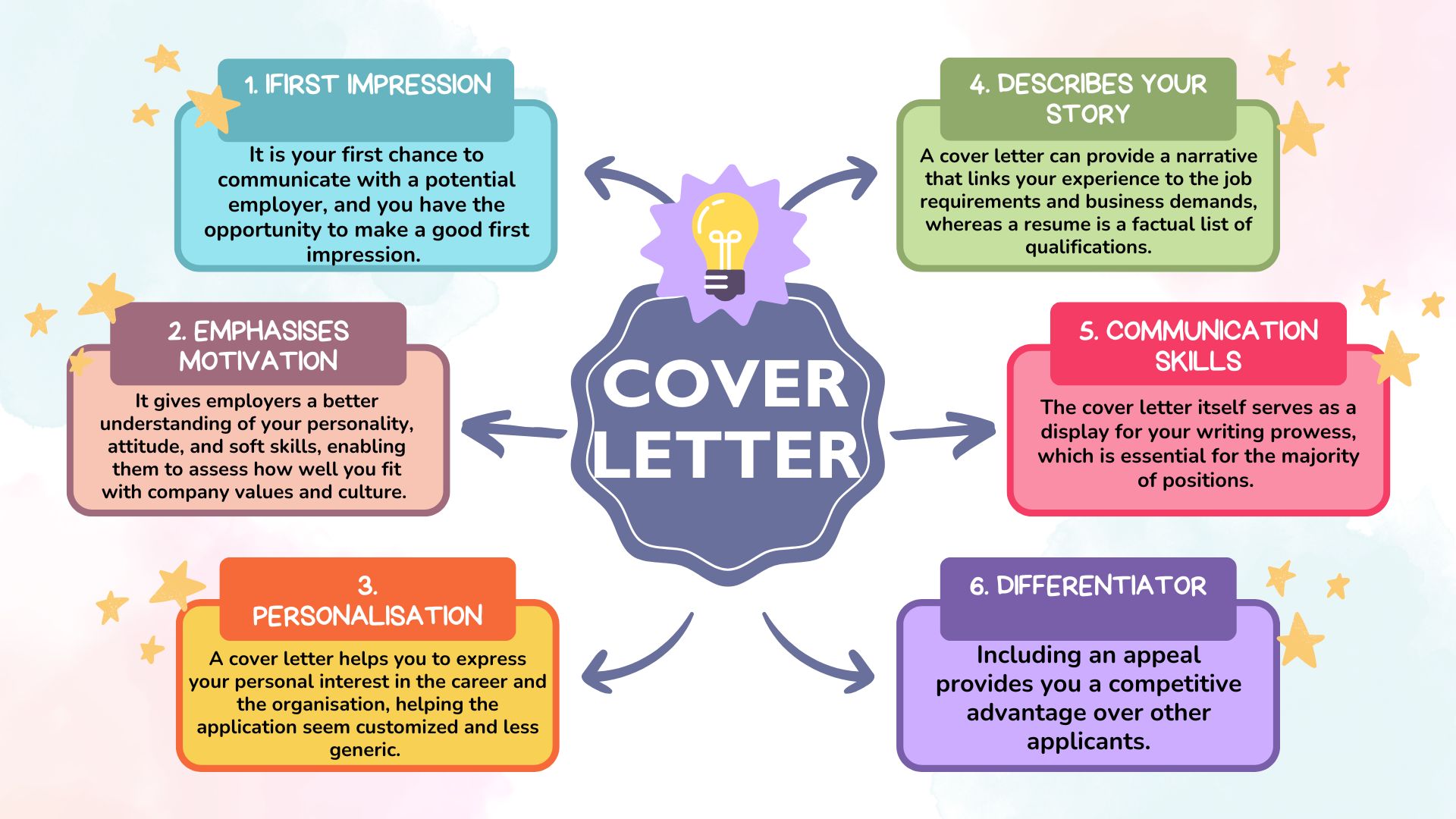
In the fast-paced world of digital marketing, it’s easy to fall into the trap of using aggressive or pushy calls to action (CTAs). However, the key to successful marketing lies in crafting CTAs that are not only effective but also respectful and engaging. This guide will explore how to use CTAs without being pushy, focusing on subtlety, personalization, and value-driven messaging.
What Is a Call to Action (CTA) and Why It Matters
A call to action (CTA) is a prompt that encourages your audience to take a specific action, such as “Buy Now,” “Sign Up,” or “Learn More.” While traditional CTAs often come off as pushy, modern marketing emphasizes the importance of creating CTAs that feel like gentle invitations rather than demands.
Effective CTAs are those that resonate with your audience, offering value and building trust. According to HubSpot, personalized CTAs can convert up to 202% better than generic ones. This highlights the importance of tailoring your CTAs to your audience’s needs and preferences.
How CTAs Impact SEO Performance
While CTAs themselves may not directly affect SEO, they play a crucial role in user engagement and conversion rates. Search engines favor websites that provide a positive user experience, which includes clear and compelling CTAs. When users interact with your CTAs, it signals to search engines that your content is valuable and relevant, potentially improving your site’s visibility in search results.
Additionally, CTAs can enhance the overall user journey by guiding visitors through your website, increasing the likelihood of conversions. By focusing on the user’s needs and providing clear, actionable steps, you can create a seamless experience that benefits both your audience and your SEO efforts.
Step-by-Step Implementation Framework
1. Define or Audit the Current Situation
Before crafting new CTAs, assess your current strategy. Analyze existing CTAs to determine what works and what doesn’t. Look at metrics such as click-through rates, conversion rates, and user feedback to identify areas for improvement.
2. Apply Tools, Methods, or Tactics
Use tools like A/B testing to experiment with different CTA variations. Focus on language that feels inviting rather than pushy. For example, instead of “Buy Now,” consider “Explore Our Products” or “Discover More.”
3. Measure, Analyze, and Optimize
Track the performance of your CTAs using analytics tools. Monitor metrics such as engagement rates, conversion rates, and user behavior. Use this data to refine your CTAs, making adjustments based on what resonates with your audience.
Real or Hypothetical Case Study
Consider a fictional online course platform that wants to improve its CTA strategy. Initially, their CTA was “Enroll Now,” which felt pushy and did not generate high engagement. After conducting A/B testing, they tried a softer approach with “Unlock New Skills Today.” This change led to a 30% increase in enrollments, demonstrating the effectiveness of a more inviting CTA.
Tools and Techniques for CTAs
- Unbounce: A powerful tool for creating and testing CTAs. It allows you to build landing pages and track the performance of your CTAs.
- Google Analytics: Essential for tracking user behavior and measuring the success of your CTAs.
- Hotjar: Provides insights into user interactions with your website, helping you understand how visitors engage with your CTAs.
- Optimizely: Offers A/B testing capabilities to experiment with different CTA variations.
- Canva: Useful for designing visually appealing CTAs that stand out on your website.
Future Trends and AI Implications
As AI continues to evolve, the future of CTAs will likely involve more personalized and dynamic approaches. AI-powered tools can analyze user behavior and tailor CTAs in real-time, creating a more engaging experience for your audience. This shift towards personalization will be crucial in maintaining a balance between effective marketing and respect for user autonomy.
Key Takeaways
- Personalize Your CTAs: Tailor your CTAs to your audience’s needs and preferences.
- Focus on Value: Highlight the benefits of taking action, rather than just the action itself.
- Use Friendly Language: Choose words that feel inviting and encouraging.
- Test and Refine: Continuously test different CTA variations to find what works best for your audience.
- Embrace Subtlety: Create CTAs that feel like gentle invitations rather than pushy demands.
By implementing these strategies, you can craft CTAs that are not only effective but also respectful and engaging. Remember, the goal is to build trust and foster long-term relationships with your audience, not just to drive immediate conversions.



Meta Title: How to Use CTAs Without Being Pushy
Meta Description: Learn how to create effective CTAs that are subtle, engaging, and respectful of your audience.
SEO Tags: CTA strategies, non-pushy CTAs, effective marketing, user engagement, personalized CTAs
Internal Link Suggestions: [Parameter #1: Conversion Rate Optimization], [Parameter #2: User Experience Design]
External Source Suggestions: [HubSpot – Personalized CTAs], [Unbounce – CTA Examples], [Google Analytics – Tracking Engagement]







